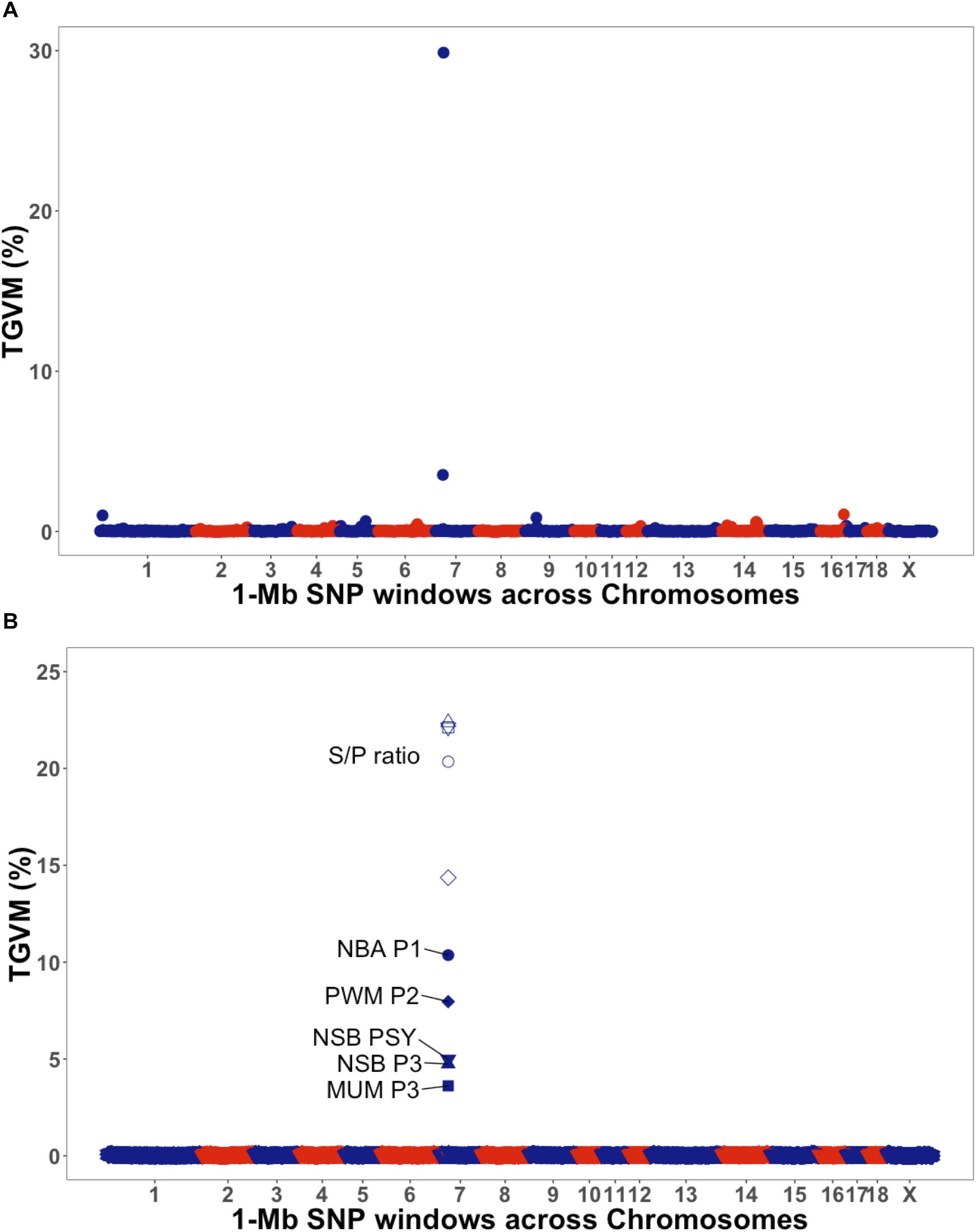


However, vaccinations can cause reactions at the injection site such as adhesions and discoloration, reduced appetite and growth, and in severe cases a downgrading of the carcass at market. Vaccinations against diseases such as furunculosis, vibriosis, cold-water vibriosis, winter ulcer and infectious pancreatic necrosis, which could otherwise decimate a farm, are vital in protecting the fish and farms and controlling these diseases in farmed Atlantic salmon. This is particularly important if the current consumption levels of fish continue: the FAO predict that we will need an extra 27 million tonnes of fish by 2030 to meet the demand.Īny farmer will tell you of the importance of vaccination in controlling disease, and this is no different for fish farmers, or specifically Atlantic salmon farmers. The complexities of all types of farming mean that research and understanding is vital in helping the industry to grow safely as well as rapidly. However, growth of this level in any industry, whilst exciting and positive in many ways, also brings with it its own complications. This rise in aquaculture production isn’t much of a surprise when you consider the emphasis on the health-giving properties of fish (particularly Omega-3 from oily fish) and the subsequent encouragement for people to eat more oily fish and it’s certainly good news for the aquaculture producers across the world. It is a rapidly growing division of farming across the world reports from the UN’s FAO suggest that it has been growing more rapidly than any other area of animal food production.Ī report published in September 2009 suggested that farm-reared fish accounted for 50% of world fish consumption. Below are some example gains the ASReml team were able to quantifyĪquaculture is the name given to the farming of salt water and freshwater fish and marine animals. These gains depend upon a variety of factors including: microprocessor, machine power, dataset size and type of analysis run, among others, and they will vary between users. ASReml-SA 4.2 - processing speed gains ASReml-SA 4.2 delivers impressive gains in processing speed. Plus with parallel processing and the ability to allocate memory to certain tasks, we've also made it much faster: check out the comparison table below to see speed gains we've achieved for a selection of analyses. New release for 2021 Our latest release, ASReml-SA 4.2, has three times as much available memory as 4.1 and can therefore handle much larger analyses. Linear mixed effects models provide a rich and flexible tool for the analysis of many data sets commonly arising in animal, plant and aqua breeding, agriculture, environmental sciences and medical sciences. Harness the power of REML ASReml-SA is powerful statistical software specially designed for mixed models using Residual Maximum Likelihood (REML) to estimate the parameters.


 0 kommentar(er)
0 kommentar(er)
